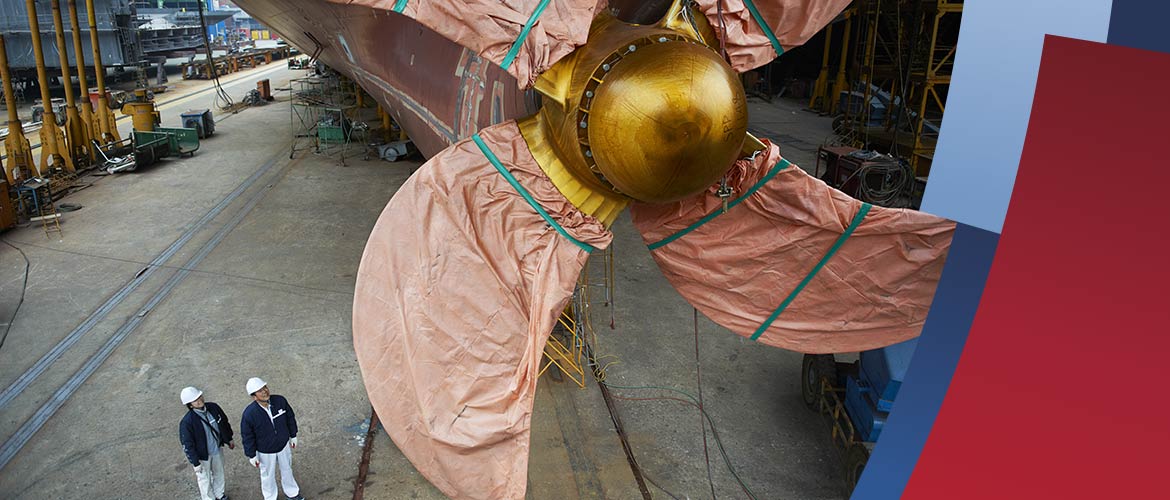Dry docking is a critical aspect of maritime operations, and it has been around for centuries. It involves removing a ship from the water and placing it on a dry dock to carry out maintenance, repairs, or upgrades. Over the years, dry docking has evolved, and technology has played a significant role in streamlining the process.
In the past, dry docking was a manual process that involved a lot of time and manpower. The ship was pulled out of the water using ropes and winches, and the repairs and maintenance were carried out on the dock. The process was labour-intensive, time-consuming, and often resulted in errors and delays.
How is technology changing dry-docking
With the advent of technology, dry docking operations have become more efficient, precise, and cost-effective. The introduction of computer-aided design (CAD) systems has allowed ship designers to create detailed plans and designs, which have streamlined the dry-docking process. These systems can also predict the load distribution and stress points of the ship, which are critical factors in determining the stability of the vessel during the dry-docking process.
An important technological advancement in dry docking is the use of automation and robotics. Automated systems have made it possible to carry out many of the manual tasks involved in dry docking, such as welding and painting, more efficiently. Robots can carry out precise and repetitive tasks, reducing the risk of human error and increasing the speed of the dry-docking process.
The future of dry-docking
Another important technology in dry docking is the use of sensors and data analytics. Sensors can be used to monitor the condition of the ship and detect any potential issues, such as corrosion or wear and tear, in real time. This information can then be analysed using data analytics tools, which can help to identify trends and patterns and improve the efficiency of dry docking operations.
Technology has played a critical role in the evolution of dry-docking operations. It has made the process more efficient, precise, and cost-effective, and has also improved safety and reduced the risk of errors and delays. As technology continues to advance, it is likely that dry docking operations will continue to evolve and become even more streamlined in the future.
